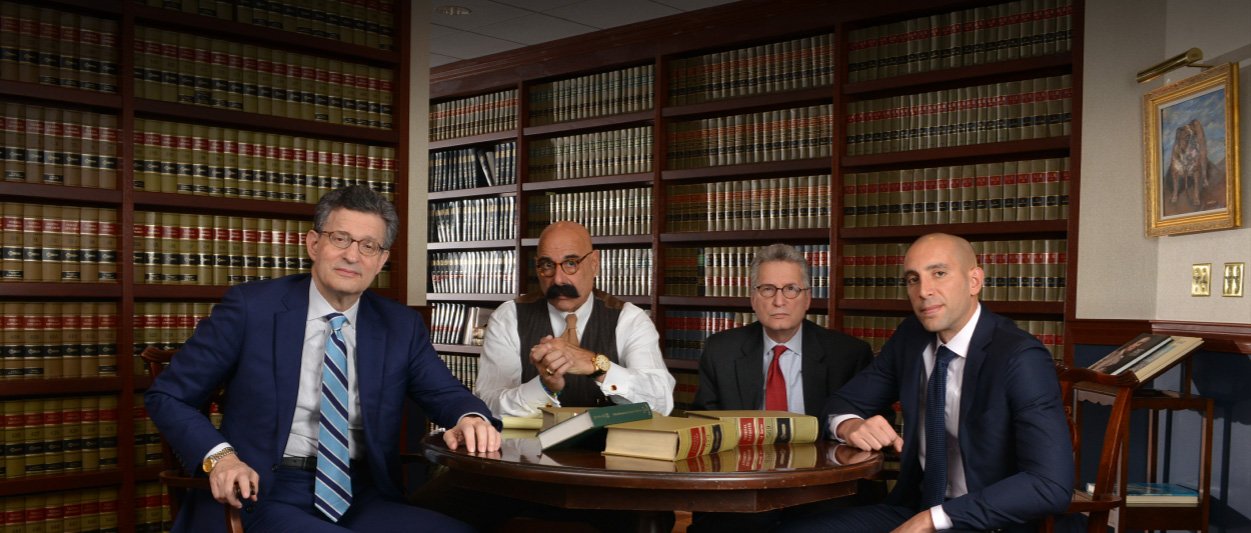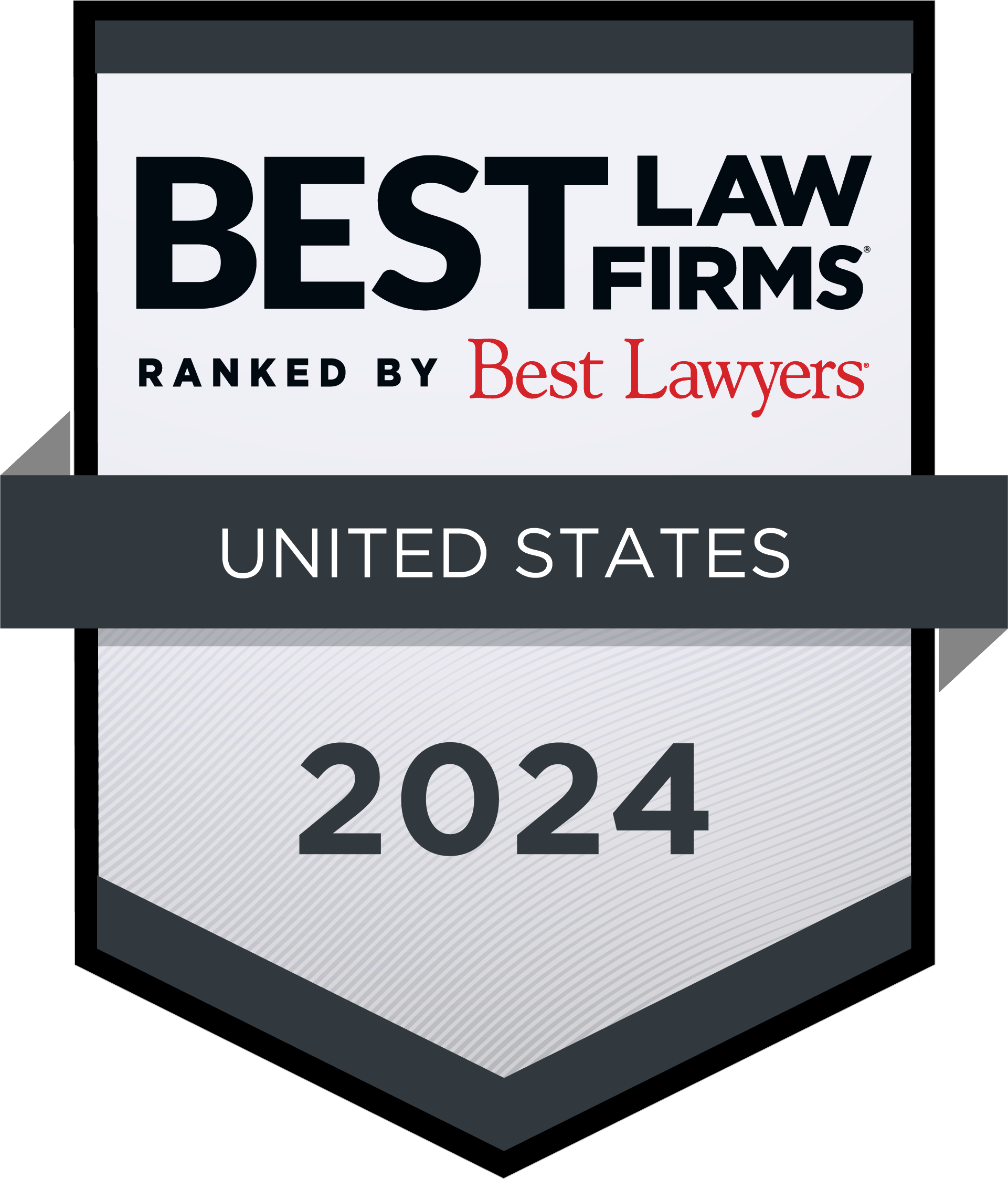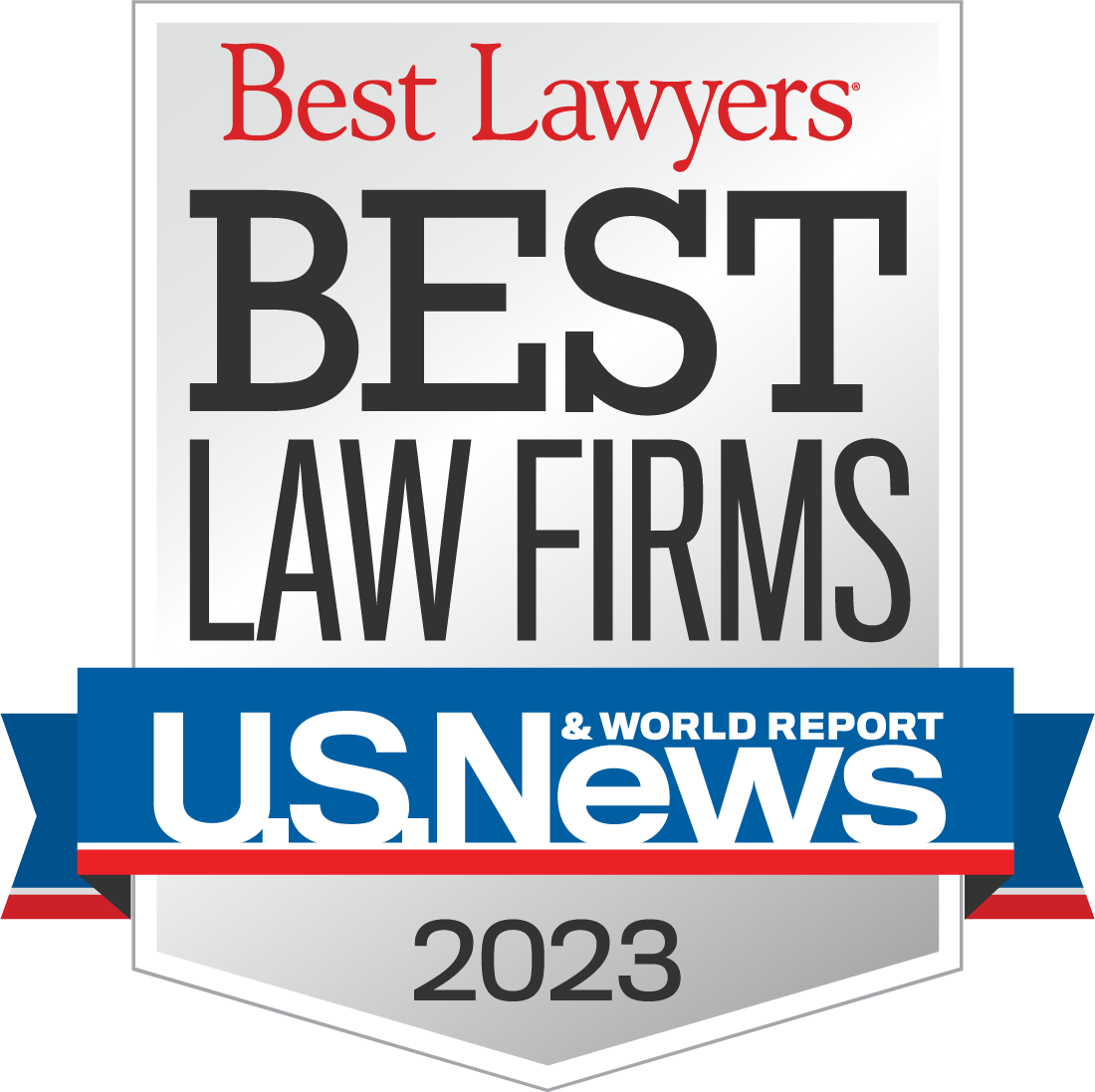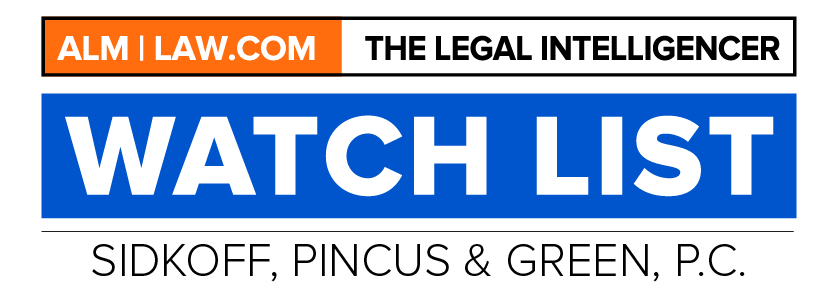Philadelphia Business Lawyers: SEC Rule 144 – Part II
Where a founder of a publicly traded company bought shares of his company on the NASDAQ stock exchange, and then pledged them to a bank to collateralize a personal loan, if the bank foreclosed on the control securities, would it be required to comply with the Securities Exchange Commission’s Rule 144 (17 C.F.R. § 230.144)? [1]
- The facts of the proposed transaction
Sidkoff, Pincus & Green P.C., was asked by a client I will call “Mr. Founder,” to help him negotiate with his bank (“THE BANK”). He was the founder and CEO of his publicly traded company (“COMPANY”). Several years after COMPANY had completed its Initial Public Offering (“IPO”) he used his stock broker to buy $10 million dollars of the shares of COMPANY in a normal NASDAQ transaction. These were shares that had been registered with the SEC as part of the IPO, and the shares of COMPANY traded briskly every day since the IPO. Mr. Founder sought to borrow $6 million from a bank (“THE BANK”) and offered to pledge the shares as collateral for the loan. However, THE BANK refused to accept the shares because its lawyers stated they were “control securities” notwithstanding that Mr. Founder purchased them on the open market through his stock broker. In the view of the lawyers for THE BANK, if Mr. Founder defaulted, and THE BANK then foreclosed on the shares pledged as collateral for the loan, THE BANK could not sell them without first getting clearance from the SEC because in their view, the shares could only be sold under the rules and restrictions set forth in SEC Rule 144 (17 C.F.R. § 230.144).
We disagreed with that view, even though many authors of books on Securities Laws had stated that any shares an affiliate (i.e., a CEO or other top executive with control) of an issuer (i.e., COMPANY) obtained, automatically became control shares that were subject to Rule 144; and if THE BANK obtained the shares from Mr. Founder, it would stand in his shoes. Our view was that the lawyers for THE BANK and the authors had misread the law, and our legal position can be summarized as follows.
- Legal analysis why shares bought on a stock exchange by an affiliate of an issuer do not become control securities, and can be freely sold or pledged to a bank without the need for compliance with Rule 144
As described above, Mr. Founder had purchased the shares he proposed to pledge as collateral through a stockbroker on the open public market maintained by NASDAQ. Therefore, this pledge was of “registered shares” that had been included in the float the SEC approved when it authorized COMPANY to proceed with its IPO. Section 5 of the Securities Act of 1933, 15 U.S.C. § 77e, states, “It shall be unlawful for any person, directly or indirectly, to make use of any means or instruments of transportation or communication in interstate commerce or of the mails to offer to sell or offer to buy through the use or medium of any prospectus or otherwise any security, unless a registration statement has been filed as to such security…” Mr. Founder’s shares were in fact registered when the SEC approved COMPANY’s Form S-1 registration statement followed by its registration statement pursuant to Exchange Act Section 12(g); and indeed, that is how Mr. Founder was able to acquire the COMPANY’s Shares on the NASDAQ market, anonymously based on their then trading price.
After studying the law, we concluded that if there was any filing requirement, it would not be found in Rule 144 because it is silent on shares that were purchased through the regular stock exchanges and NASDAQ. Moreover, even if Mr. Founder was required to disclose his share purchase under another SEC rule, as an insider or otherwise, it would not turn the shares into Rule 144 shares. Additionally, we understood that one purpose of Rule 144 was to insure that the markets for securities have full disclosure in the “distribution” of shares where the receipt benefits the issuer (in Rule 144, the distributors of shares were called “underwriters”). The thrust of Rule 144 therefore is not to demote shares that already were registered (such as the shares Mr. Founder bought through his stock broker) nor was the thrust convert shares that had previously been registered back to restricted shares that needed SEC approval before they could be sold back into the public market.
In forming our opinion, we relied on the many things the SEC has stated, and the language of the law and SEC Rules which demonstrated that shares purchased on NASDAQ by a control person (i.e., a CEO such as Mr. Founder) are not transformed merely by his purchase into shares that could be sold only under Rule 144. On the contrary, looking the law and the SEC statements, those shares, would not be restricted shares. For example, the SEC has stated in explaining Rule 144,
A third factor, which must be considered in determining what is deemed not to constitute a “distribution,” is the impact of the particular transaction or transactions on the trading markets. Section 4(1) was intended to exempt only routine trading transactions between individual investors with respect to securities already issued and not to exempt distributions by issuers or acts of other individuals who engage in steps necessary to such distributions. Therefore, a person reselling securities under Section 4(1) of the Act must sell the securities in such limited quantities and in such a manner as not to disrupt the trading markets. The larger the amount of securities involved, the more likely it is that such resales may involve methods of offering and amounts of compensation usually associated with a distribution rather than routine trading transactions. Thus, solicitation of buy orders or the payment of extra compensation are not permitted by the rule. (Emphasis added)
The language of Rule 144 was limited to the steps one needed to take to sell unregistered share, and did not address shares bought on NASDAQ; and nothing in the purchase made by Mr. Founder through his stock broker fit within the language or the reasoning of Rule 144. Furthermore, the Rule gave us additional support at 17 CFR 230.144 where the SEC discussed the rational for Rule 144, and what the Rule attempts to accomplish:
The term “underwriter” is broadly defined in Section 2(a)(11) of the Securities Act to mean any person who has purchased from an issuer 1 with a view to, or offers or sells for an issuer 2 in connection with, the distribution of any security, 3 or participates, or has a direct or indirect participation in any such undertaking, or participates or has a participation in the direct or indirect underwriting of any such undertaking. 4 The interpretation of this definition traditionally has focused on the words “with a view to” in the phrase “purchased from an issuer with a view to * * * distribution.” An investment banking firm which arranges with an issuer for the public sale of its securities is clearly an “underwriter” under that section. However, individual investors who are not professionals in the securities business also may be “underwriters” if they act as links in a chain of transactions 5 through which securities move from an issuer to the public.
I used the red numbers above to draw attention to all of the items that are not associated with Joseph’s purchase of the shares from a stockbroker, and his gifting of the shares to the FLP under the UTMA.
#1 Mr. Founder bought shares of COMPANY from a stockbroker, and those shares had already been registered years ago at the time of the IPO (and obviously, had already been bought and sold many times by others via the NASDAQ exchange). Therefore, Mr. Founder expressly did not purchase the shares from the issuer, Inovio;
#2 Mr. Founder’s purchase and proposed pledge of the shares were not for the benefit of COMPANY or at the behest of COMPANY- and in fact, COMPANY was completely uninvolved when Mr. Founder bought the shares on the ASDAQ exchange.
#3 Mr. Founder’s NASDAQ purchase had nothing to do the “distribution” of COMPANY’s shares to the public; that distribution had long since been completed.
#4 Mr. Founder’s NASDAQ purchase was not part of the underwriting of the shares he bought.
In other words, Mr. Founder’s transaction, buying shares that were traded in due course, on NASDAQ, through a retail stockbroker, did not even arguably satisfy the definition of shares involved in an underwriting or shares that could be deemed to be implicated as being bought or sold by an underwriter. The SEC further explained 17 CFR 230.144, why it promulgated Rule 144, and noting that the Rule was designed to apply only if Mr. Founder would otherwise have been deemed to be an underwriter:
The Commission adopted Rule 144 to establish specific criteria for determining whether a person is not engaged in a distribution. Rule 144 creates a safe harbor from the Section 2(a)(11) definition of “underwriter. (Emphasis added)
However, as demonstrated, Mr. Founder did not need a “safe harbor from the Section 2(a)(11) definition of “underwriter’”, and Rule 144 did not apply to him. Nonetheless, the lawyers for THE BANK argued that by implication, Rule 144 made any shares obtained Mr. Founder subject to Rule 144, even shares trading on the NASDAQ market; and they raised the language in Rule 144 (b) (2) that says:
(2) Affiliates or persons selling on behalf of affiliates. Any affiliate of the issuer, or any person who was an affiliate at any time during the 90 days immediately before the sale, who sells restricted securities, or any person who sells restricted or any other securities for the account of an affiliate of the issuer of such securities, or any person who sells restricted or any other securities for the account of a person who was an affiliate at any time during the 90 days immediately before the sale, shall be deemed not to be an underwriter of those securities within the meaning of section 2(a)(11) of the Act if all of the conditions of this section are met.
In disputing this point, we started by observing the important fact that there is not a single mention of “control securities” in Rule 144. Moreover, there is not a single description of in the Rule that is expressly aimed at registered shares bought by a CEO or other control person after an IPO on a national stock exchange – even though such trades are very common. We reiterated that the shares Mr. Founder bought on the NASDAQ exchange had already been registered, and were, by definition, not therefore “restricted securities”. We demonstrated that under the express definitions set forth in to Rule 144, the term “restricted securities” are only those that were not registered and fit into one of the following categories:
- The term restricted securities means:
- Securities acquired directly or indirectly from the issuer, or from an affiliate of the issuer, in a transaction or chain of transactions not involving any public offering;
- Securities acquired from the issuer that are subject to the resale limitations of Rule 502(d)under Regulation D or Rule 701(c);
- Securities acquired in a transaction or chain of transactions meeting the requirements of Rule 144A;
- Securities acquired from the issuer in a transaction subject to the conditions of Regulation CE;
- Equity securities of domestic issuers acquired in a transaction or chain of transactions subject to the conditions of Rule 901or Rule 903under Regulation S;
- Securities acquired in a transaction made under Rule 801to the same extent and proportion that the securities held by the security holder of the class with respect to which the rights offering was made were as of the record date for the rights offering “restricted securities” within the meaning of this paragraph (a)(3); and
- Securities acquired in a transaction made under Rule 802to the same extent and proportion that the securities that were tendered or exchanged in the exchange offer or business combination were “restricted securities” within the meaning of this paragraph (a)(3).
Therefore, under the plain meaning of the text of Rule 144, the shares Mr. Founder bought on NASDAQ fit no category that the Rule lists, and the shares were thus not “restricted”. While Rule 144 also speaks of “any other securities,” but that language does not pertain if “the person is not offering or selling for an issuer in connection with the distribution of the securities, does not participate or have a direct or indirect participation in any such undertaking, and does not participate or have a participation in the direct or indirect underwriting of such an undertaking.” (See, Rule 144)
We concluded our negotiation successfully, and convinced the lawyers for THE BANK that the language of Rule 144 is not directed at shares bought on the NASDAQ exchange that were already registered; and the confusion grew out of sloppy draftsmanship by the SEC when it made the Rule.
For more information, call our business lawyers in Philadelphia at 215-574-0600 or contact us online.
[1] Researched and written by Gary Green, Esquire, who is the Managing Partner of Sidkoff, Pincus & Green P.C.. This was copyrighted on January 26, 2016 by the author.















